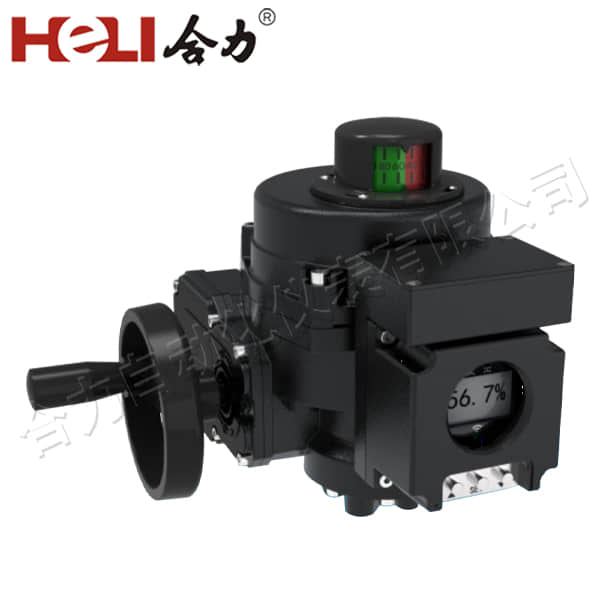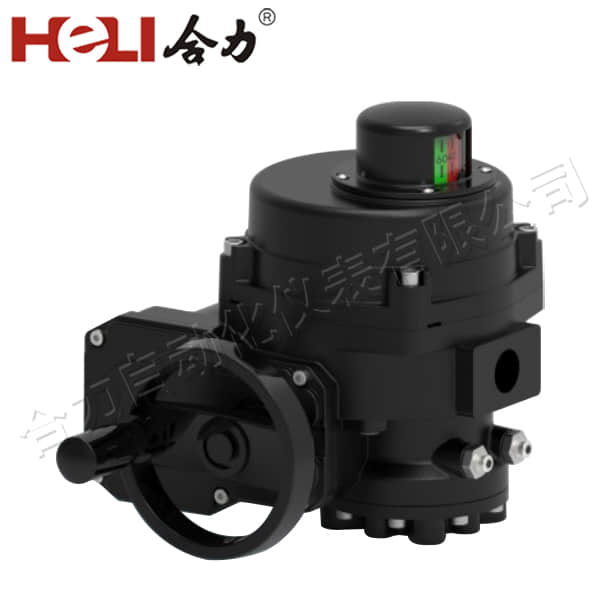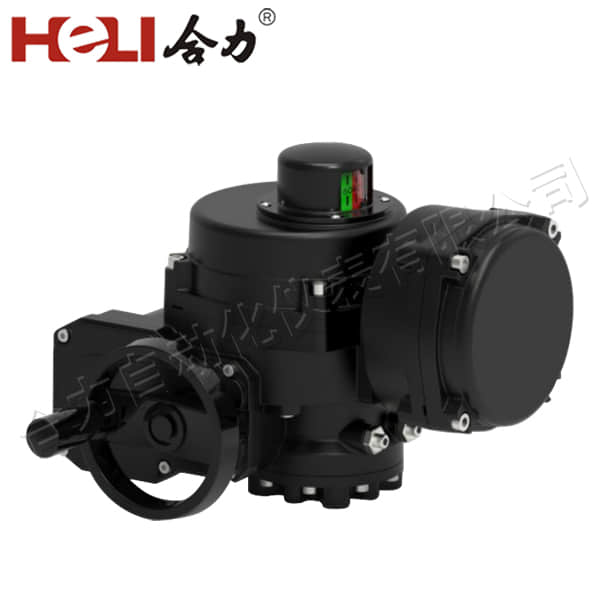
In today's highly mechanized and automated world, the electric actuator plays a pivotal role in ensuring smooth and efficient operation across various industries. An electric actuator is a device that converts electrical energy into mechanical energy to perform a specific task, such as opening or closing a valve, positioning a control surface, or moving a load.

The basic components of an electric actuator include a motor, a transmission mechanism, and a control system. The motor provides the initial torque or force, while the transmission mechanism converts this torque or force into the desired motion. The control system, on the other hand, regulates the motor's speed, direction, and torque to achieve precise positioning and control.

